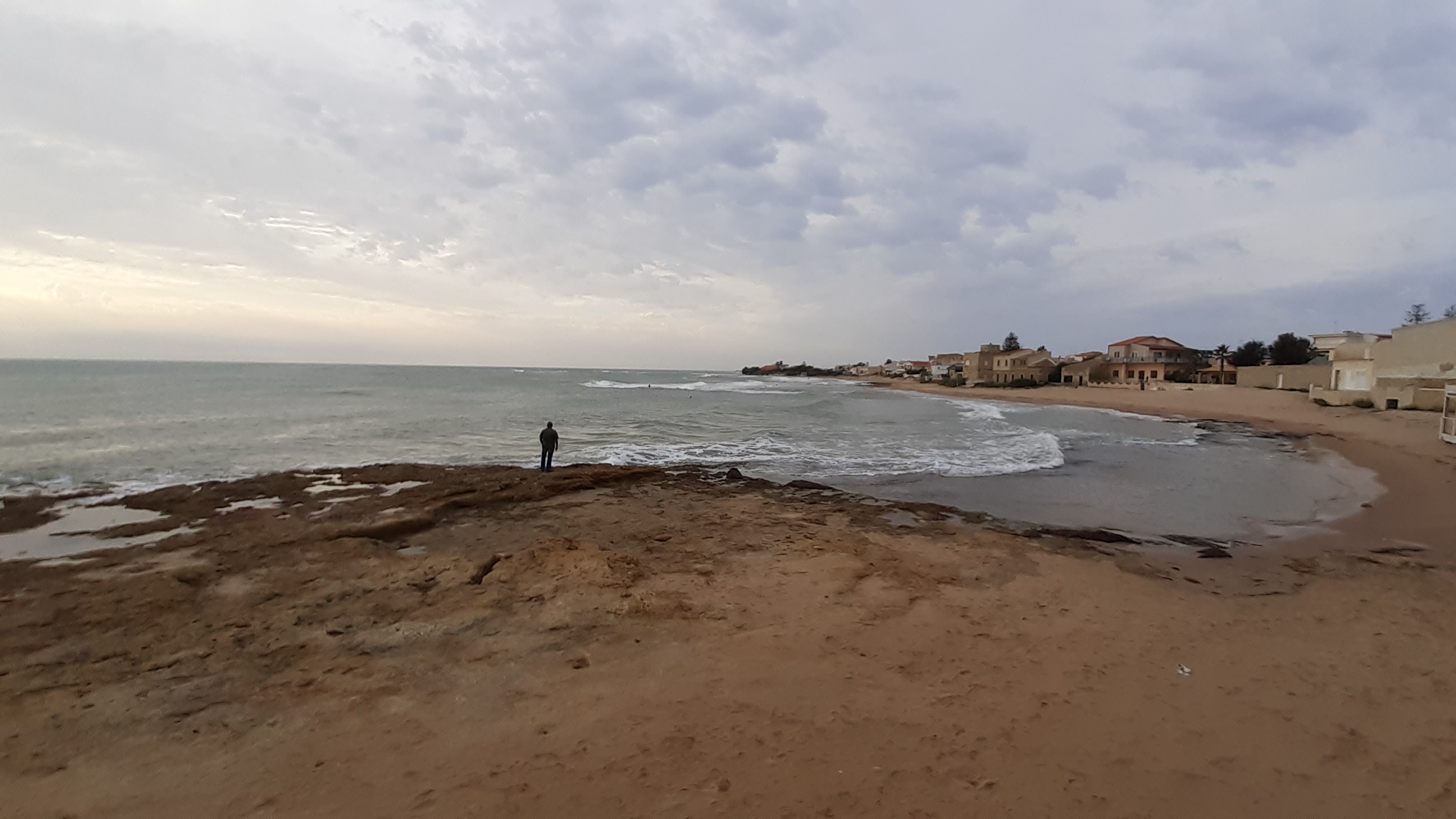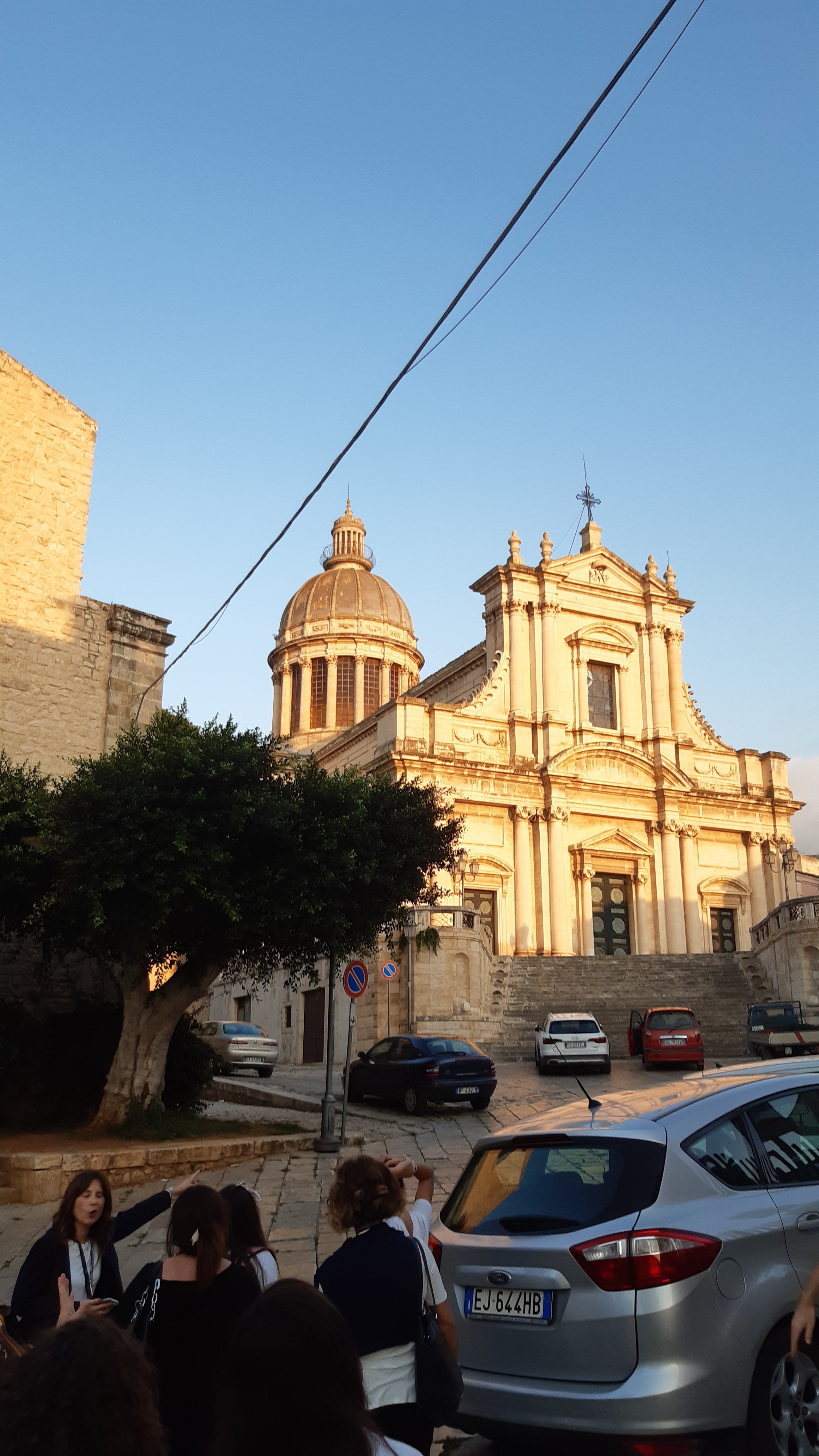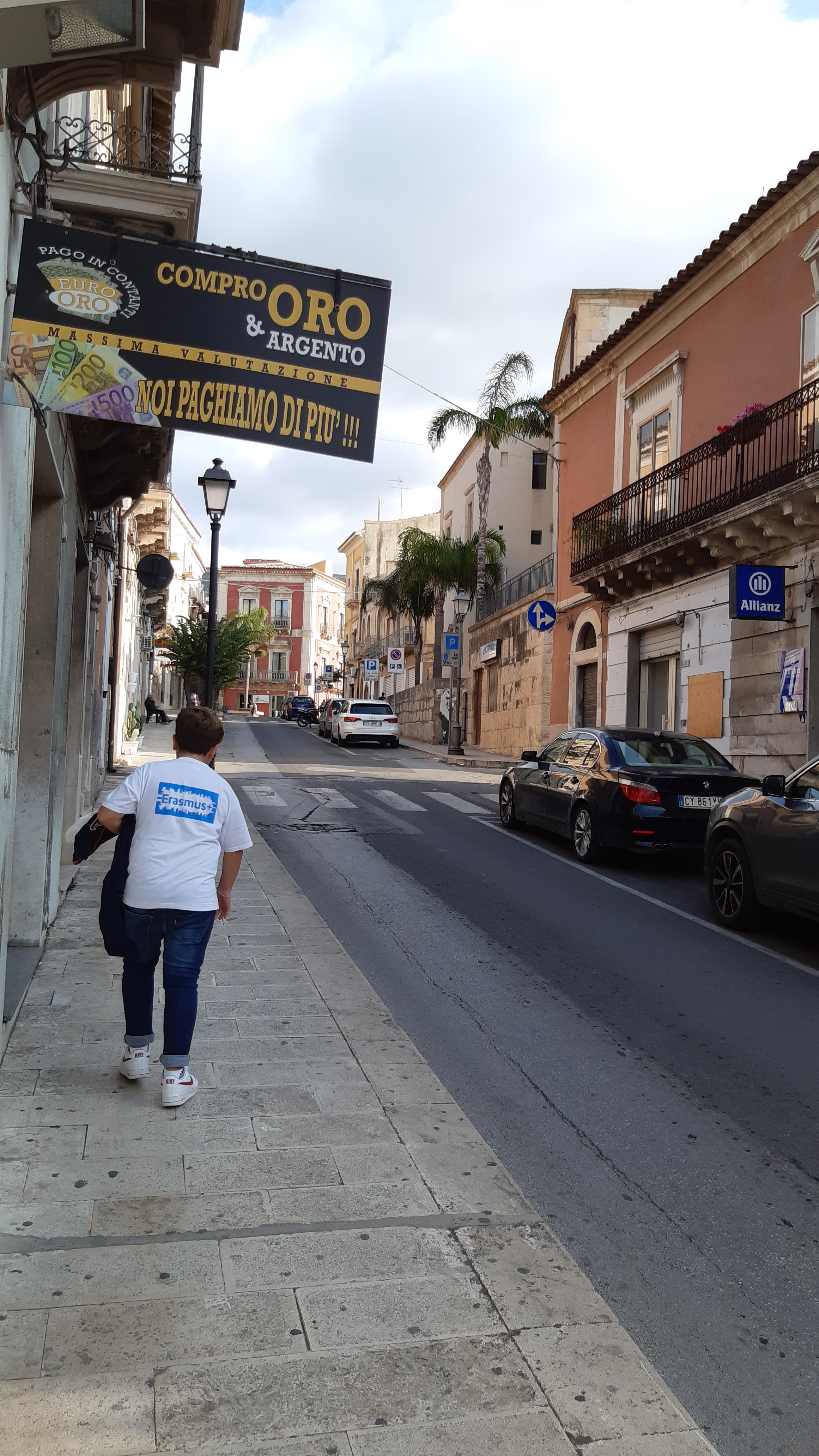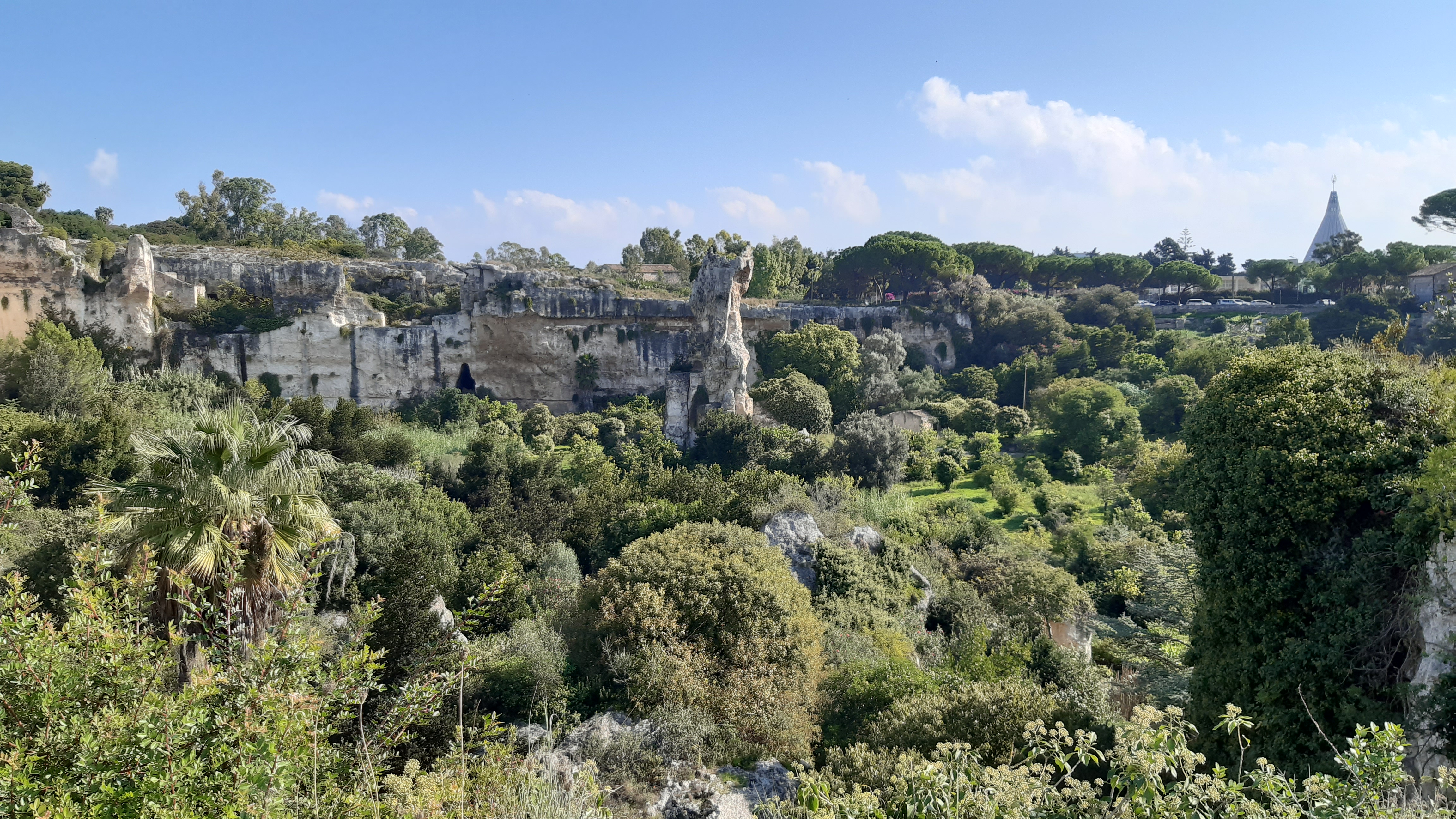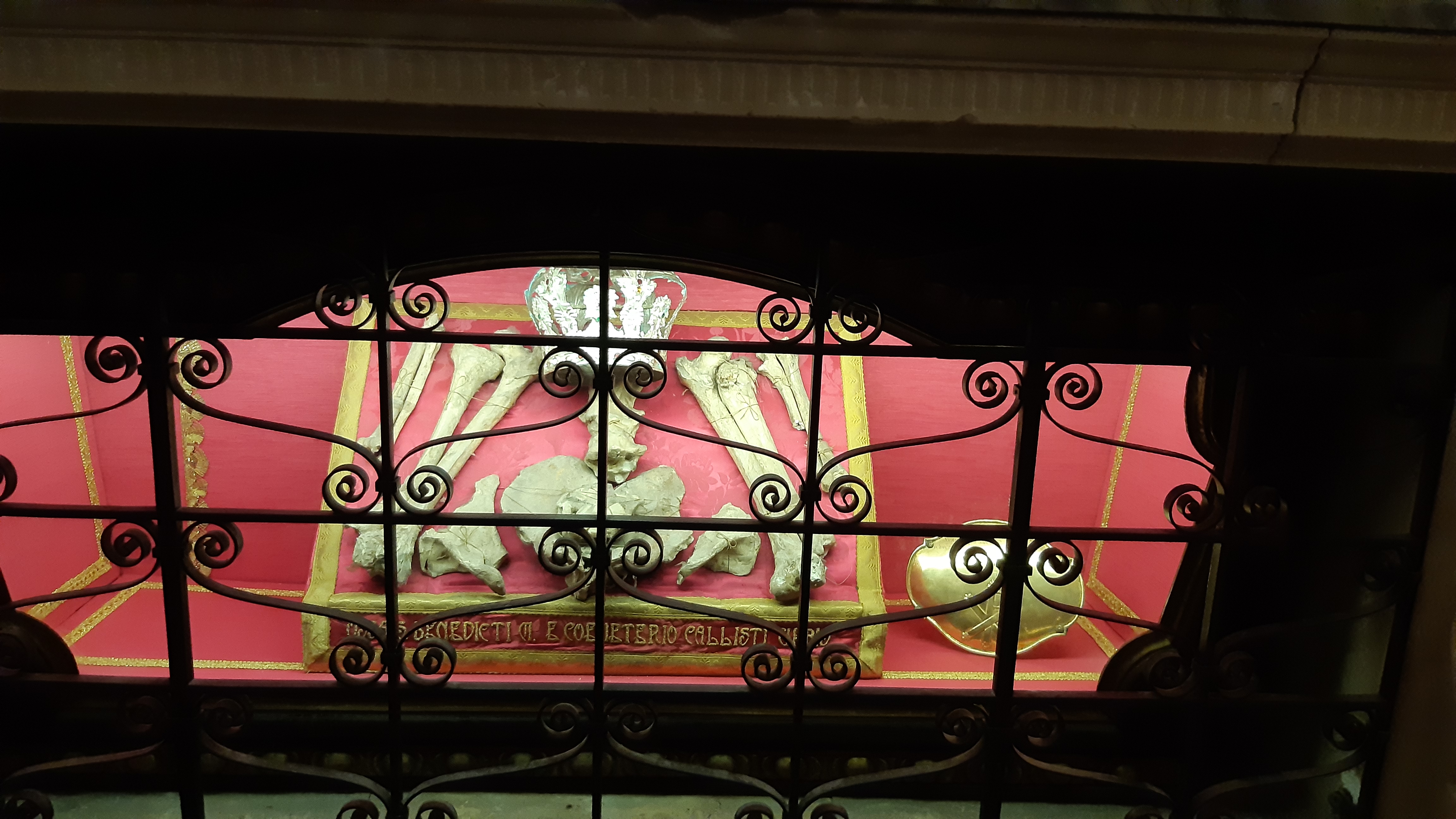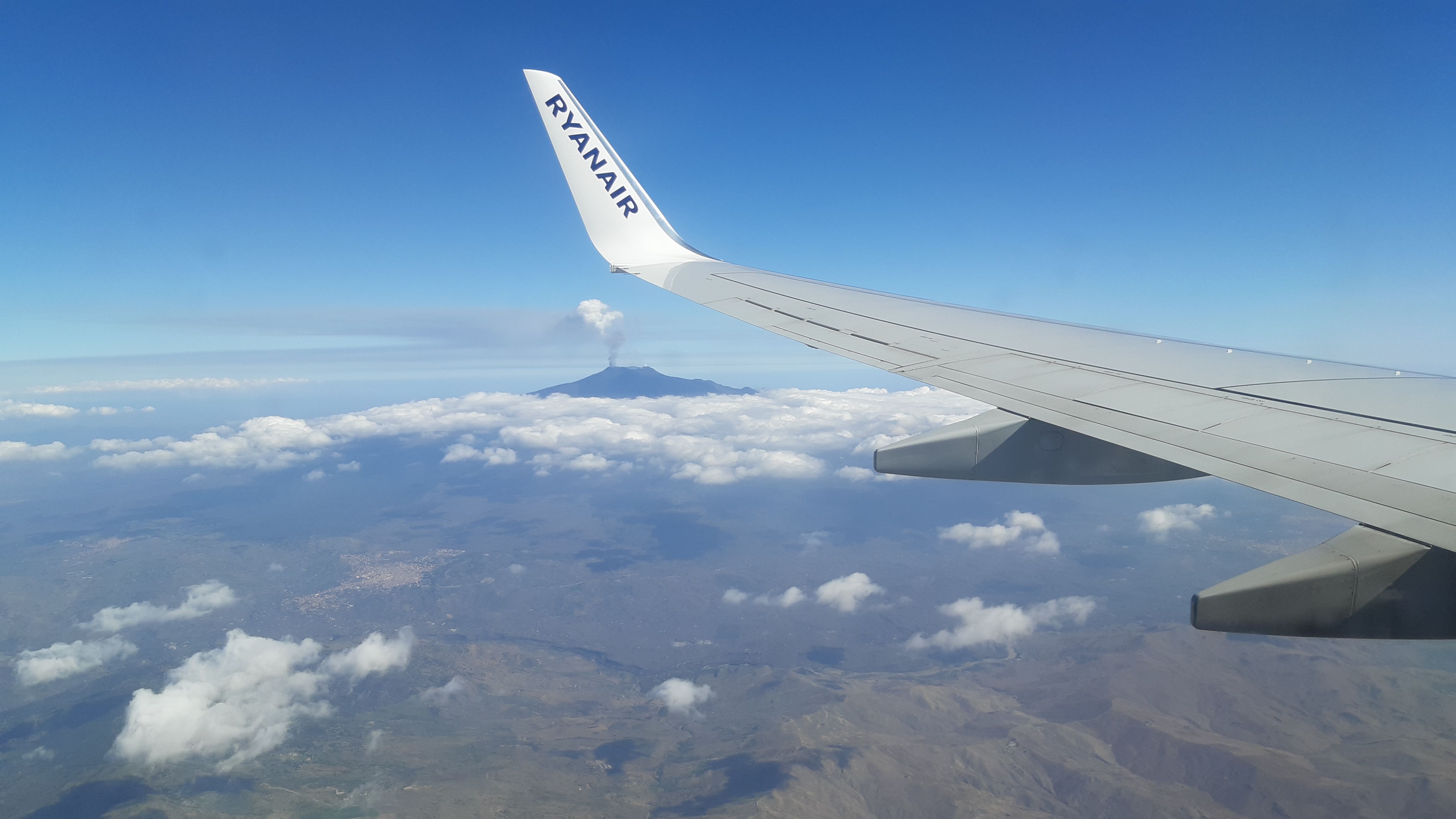Sicily-the land of delicious food and history
Sicily is the biggest Mediterranean island, located between the Ionian and the Tyrhennian Sea. It is the southernmost part of Italy and it is known for Etna volcano and cities Palermo, Syracuse or Catania. Many people link Sicily with mafia, which had an important role in everyday life in the past, but this is not the case anymore. I will try to present you my impressions of Sicily.
History of Sicily is interesting and long. Ancient Greeks established colonies on the southern coast, the most known today is Syracuse, later it was part of the Roman Empire. When the Western Roman Empire collapsed, Germanic tribes, such as Ostrogoths, ruled the island. This was followed by Byzantine, Arab and Norman period. After that, Sicily became an independent kingdom in 1330 and a part of Italy in 1816. All these influences gave Sicily its unique historical, cultural and architectural features.
I visited Sicily in October 2019, as a part of Erasmus+ exchange. We stayed in a town of Comiso with a population of about 30.000. Comiso is located in southern Sicily, about a 2 hour-drive from Catania, a city located at the foot of Etna volcano, where we landed. During the drive, we were able to see beautiful Sicilian countryside. It was visible from air that Sicily is a very fertile island. This is a consequence of volcanic eruptions and volcanic ash. The valleys are used for growing vegetables, fruit and olive trees, steeper areas for vineyards.
We arrived in Comiso at 6 pm. The city is squeezed between hills on three sides and it flattens out towards the sea. We were warmly accepted by our host families. In general, Sicilians are very friendly and warm people. They are not reserved towards strangers, they accept you immediately.
We tried many traditional dishes during our stay there. Probably the most known is arancini-fired rice balls which are usually filled with ragu, ham or mozzarella. Sicily is also known for desserts, such as cannoli which is also popular street food there. The portions are much bigger than in Slovenia and also the meals are eaten later than here (dinner, for example at 9 or even 10 pm.)
One of the most known archaeological sites is Syracuse. The city that was founded by ancient Greeks still exists. It is known for its Greek theatre, a manmade cave of Dionysius with a great echo effect and the modern city is known for its cathedral and relics of Saint Lucy. Another historical sightseeing is Donnafugata castle, located near the city of Ragusa. The castle is known for its numerous rooms, every one of them is decorated in a different style. The number exceeds 100.
All in all, Sicily is an interesting place to visit, but far too big and culturally, architecturally and historically too rich to describe it in one short text. In short, Sicilians are friendly, welcoming and joyous. What is more, their cuisine is great, everything tastes amazing and the landscape is astonishing, especially when you flay above Etna volcano.
Mark Mencinger, 2.a

